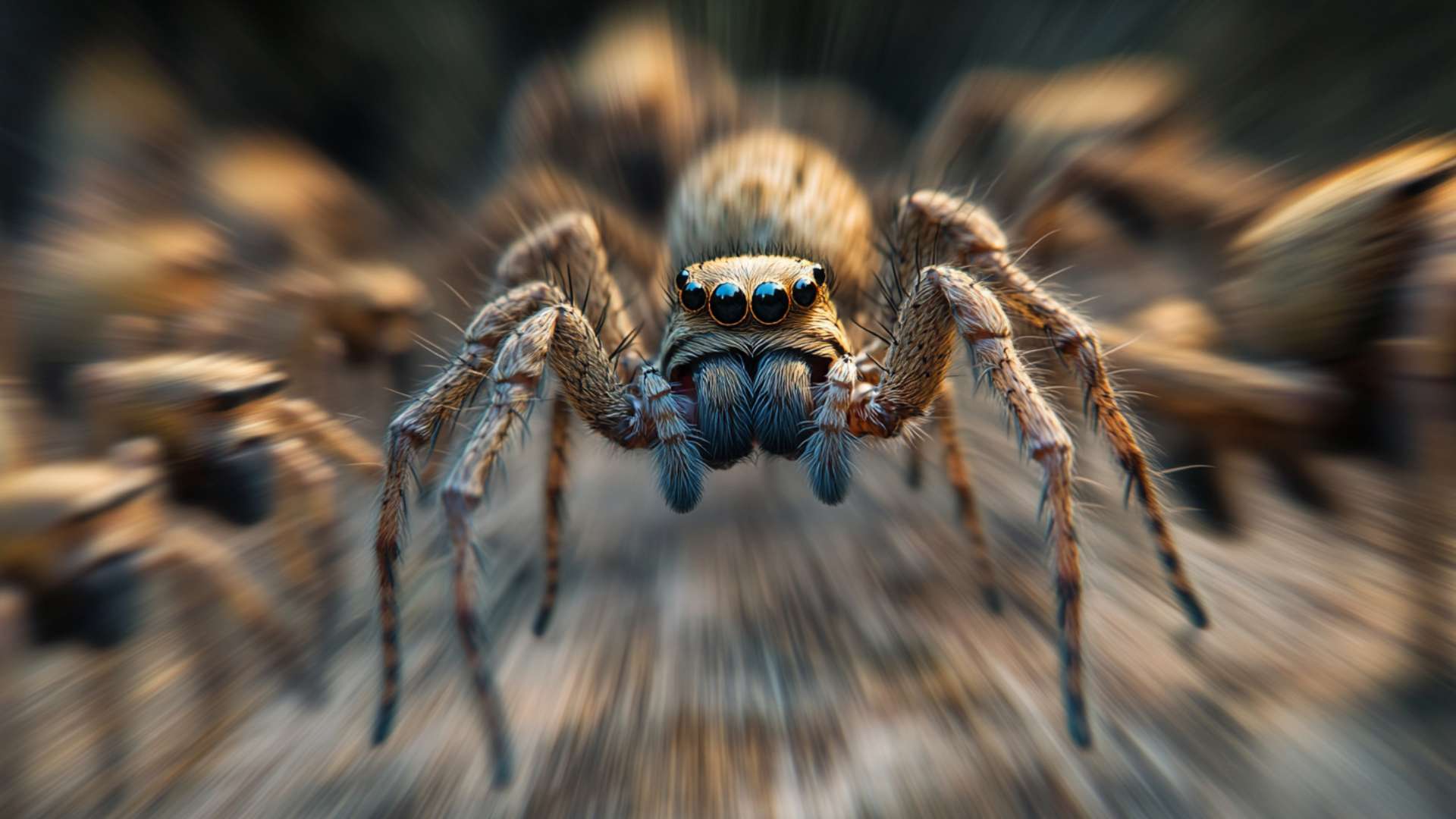The Fascination with Spiders
Spiders have long captivated the human imagination, eliciting both fear and wonder. These eight-legged creatures have been the subject of countless myths and legends, often portrayed as fearsome monsters lurking in the shadows.
Despite their reputations, many people find themselves inexplicably drawn to these arachnids, mesmerized by their intricate webs and graceful movements. While some may shy away from spiders due to arachnophobia, others embrace their presence as a natural part of our ecosystem.
In fact, there are even dedicated enthusiasts who keep spiders as pets or study them for scientific purposes. The allure of these fascinating creatures lies in their incredible diversity – with more than 48,000 known species worldwide, each boasting unique adaptations and behaviors.
Curiosity about Their Biting Capabilities
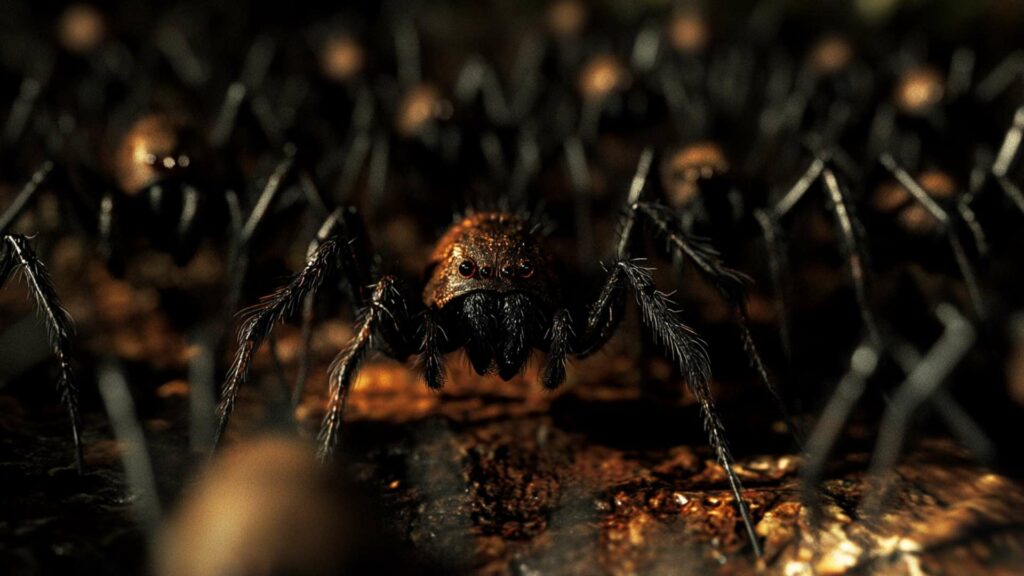
When it comes to spiders, one question that often arises is whether they can bite through clothing. This curiosity stems from concerns about potential encounters with venomous species or simply a general interest in understanding spider behavior.
While most spiders are harmless to humans and pose no threat, there are a few venomous species that can cause significant harm if bitten. Understanding the biting capabilities of spiders becomes especially important when venturing into areas where venomous species may reside.
Knowing whether spiders can penetrate clothing could help individuals take appropriate safety precautions to minimize the risk of bites. So let’s embark on a journey to explore the intricacies of wolf spider bite anatomy and unravel this mystery once and for all: Can spiders bite through clothes?
Anatomy and Behavior of Spiders
Overview of spider anatomy
Spiders, those fascinating eight-legged creatures, possess a unique anatomical structure that sets them apart from other arachnids. Their body consists of two main segments: the cephalothorax and the abdomen.
The cephalothorax houses the spider’s vital organs, such as the brain, digestive system, and reproductive organs. It is from this segment that their remarkable appendages extend – their legs and mouthparts.
Chelicerae and fangs
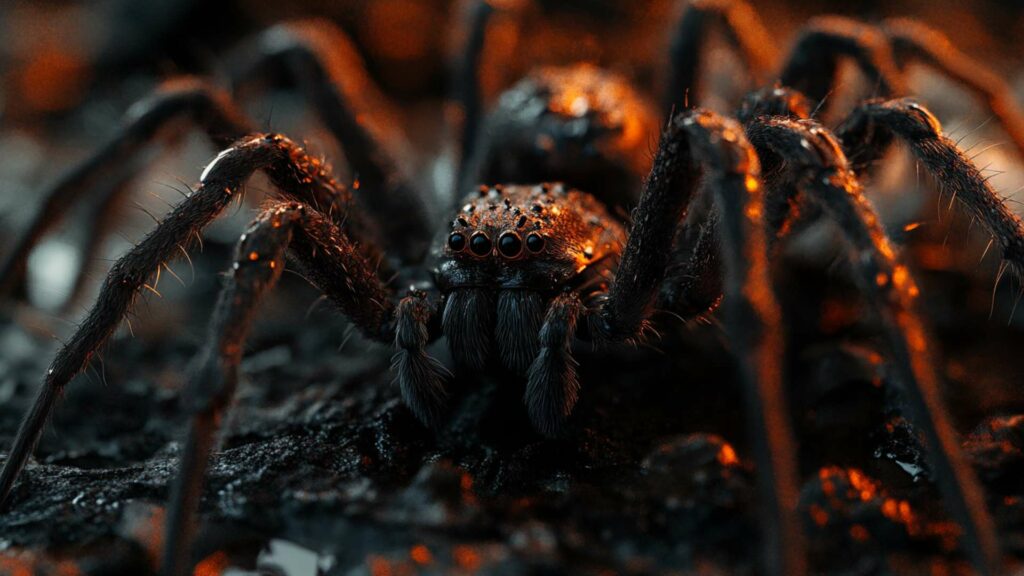
Within the mouthparts lie a pair of menacing structures known as chelicerae, which house their fangs. These specialized appendages are designed to pierce through exoskeletons or prey items with exceptional precision. Spider fangs vary in size depending on the species but typically feature a hollow canal through which venom is injected into their unfortunate victims.
Venom glands
Venom plays a crucial role in spiders’ feeding habits by immobilizing or subduing their prey. Situated near the base of their fangs are venom glands that produce complex mixtures of toxins tailored to each species’ hunting needs. While many spiders use venom primarily for capturing prey, some also employ it for self-defense when they feel threatened.
Spider feeding habits and prey capture techniques
Spiders exhibit an incredible diversity in their feeding habits and prey capture techniques. Some construct intricate webs using silk spun from specialized glands located at the end of their abdomen.
These webs serve as highly efficient traps for unsuspecting insects that become entangled in the sticky threads. Other spiders prefer a more active approach, employing stealthy tactics to ambush or chase down their quarry.
Once captured, spiders utilize various methods to consume their meals effectively. Some inject digestive enzymes into their victims’ bodies, which break down internal tissues and organs into a liquid form that the spider can then suck up.
Others physically tear apart their prey using their formidable chelicerae and fangs, devouring them piece by piece. Understanding the intricacies of spider anatomy and behavior allows us to appreciate the range of adaptations that these remarkable creatures have evolved.
While their fangs and venom glands may evoke trepidation in some, it is important to remember that the vast majority of spiders pose no threat to humans. However, it is still wise to exercise caution when encountering potentially venomous spiders and seek medical attention immediately if bitten.
Types of Spider Bites
Venomous spiders vs. non-venomous spiders
When it comes to spider bites, it’s important to distinguish between venomous and non-venomous spiders. Venomous spiders possess toxins that they inject into their prey or potential threats.
These toxins aid in immobilizing the prey or defending themselves. Non-venomous spiders, on the other hand, lack these potent venoms and rely on different means to capture their meals or protect themselves.
Examples of venomous spiders (black widow, brown recluse)
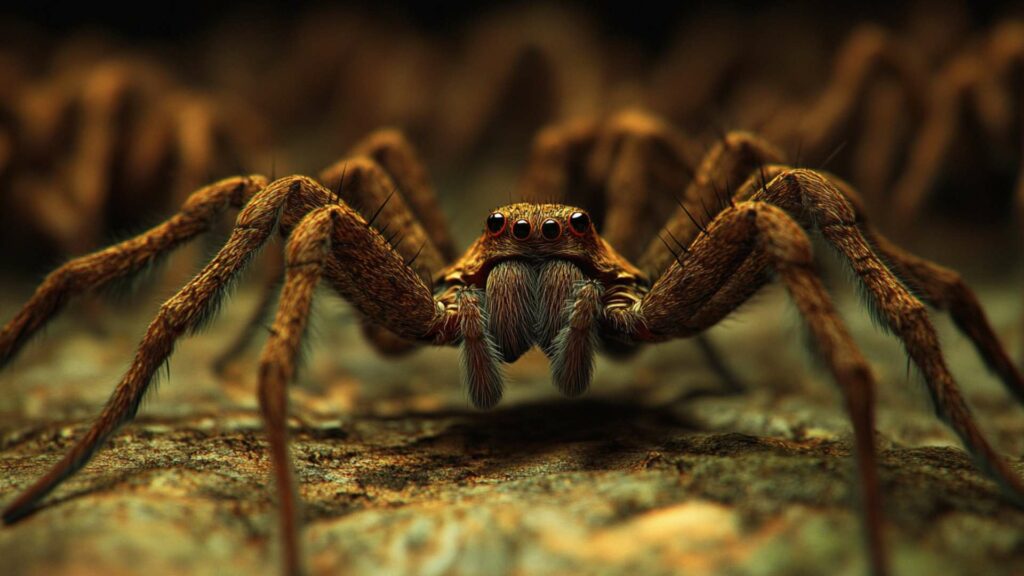
Two well-known examples of venomous spiders are the black widow and the brown recluse spider. The notorious black widow spider is recognizable by its shiny black body with a distinctive red hourglass marking on its abdomen.
Although their bites are rarely fatal for humans, they can cause severe pain and muscle cramps due to allergic reactions to neurotoxins present in their venom. Brown recluse spiders are another venomous species known for their necrotic bite, which can cause tissue damage around the site of the bite if not treated promptly.
Examples of non-venomous spiders (house spider, garden spider)
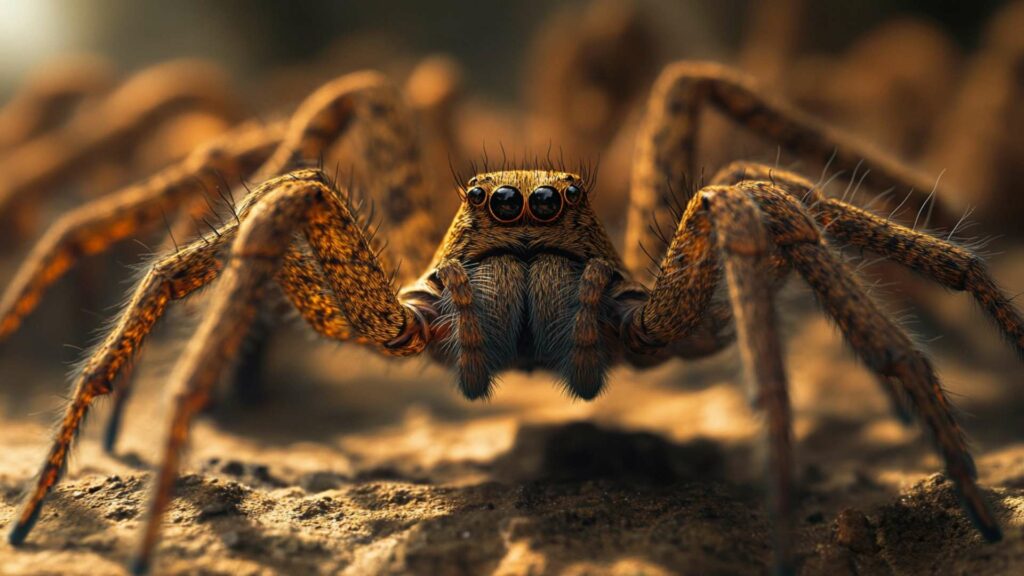
Not all encounters with spiders should be cause for alarm. Many common household and garden spiders are harmless and play a beneficial role in controlling insect populations.
House spiders, for instance, often found indoors, help keep unwanted pests at bay by catching flies and mosquitoes in their webs. Likewise, garden or orb-weaving spiders contribute to pest control outdoors by trapping flying insects like moths and beetles.
Common symptoms of spider bites
Identifying a spider bite can be challenging as symptoms vary depending on factors of common spider bites such as the species involved and individual reaction to the venom. However, there are some common signs associated with spider bites that may help you recognize an encounter.
Initially, you may notice redness, swelling, and itchiness around the bite area. Pain levels can range from mild to intense, depending on the species and the individual’s sensitivity.
In some cases, symptoms of spider bit can escalate to include muscle and joint pain, nausea, headaches, or even fever. If any of these symptoms occur after a suspected spider bite, seeking medical attention is advisable.
Remember that while venomous spiders do possess the ability to bite humans and inject venom when necessary for self-defense or capturing prey, they generally do not seek out human encounters. Additionally, non-venomous spiders lack the ability to inflict harmful bites on humans altogether.
So while it’s essential to be cautious around venomous species like black widows or brown recluses in specific regions where they are prevalent, most encounters with spiders result in harmless bites or no bites at all. So now that we’ve explored the types of spider bites and their differences from other symptoms, let’s move on to our main question: Can spiders bite through clothes?
Can Spiders Bite Through Clothes?
Discussion on the Strength of Spider Fangs

When it comes to the biting capabilities of spiders, their fangs play a crucial role. These specialized mouthparts are designed to pierce and inject venom into the tissue of their prey or defensive targets.
The strength of spider fangs varies among species, with some possessing incredibly sharp and robust fangs. These adaptations primarily enable spiders to pierce the exoskeletons of insects or other prey items, allowing them to immobilize and consume their meals.
While spider fangs are indeed formidable tools for hunting, whether they can bite through clothes is a different matter altogether. Human skin is relatively soft when compared to the tough outer shells of insects or the silk produced by spiders themselves.
As such, not all spiders possess fangs powerful enough to penetrate human skin effortlessly. However, certain factors can influence their ability to bite through clothes.
Factors Affecting the Ability to Bite Through Clothes
Fabric thickness and density are key factors in determining whether spiders can bite through clothes successfully. Natural fibers like cotton or silk tend to have more loosely woven structures compared to synthetic fibers such as polyester or nylon, which often have tighter weaves. Consequently, if you’re wearing clothes made from thicker natural fibers like wool or denim, it may provide more resistance against spider bites than thin materials like t-shirts.
Weave patterns and thread count also contribute significantly in terms of protection against a spider’s bite or bites. Fabrics with complex weave patterns tend to offer greater resistance due to multiple layers that make it harder for a spider’s fang penetration.
Additionally, higher thread counts per square inch can enhance fabric density and reduce openings that spiders could exploit. The layering effect caused by wearing multiple garments can further diminish a spider’s ability to bite through clothes effectively.
When clothing items are tightly stacked together on your body—think of a shirt tucked into pants and covered with a jacket—it creates additional layers for spiders to navigate through. This added complexity can act as an extra barrier, making it more challenging for spiders to reach your skin and deliver a bite.
Spider Size and Species Characteristics
Spiders come in various shapes and sizes, which influences their biting capabilities as well. Larger spiders tend to have larger fangs, capable of exerting greater force. Consequently, the size of a spider’s fangs in relation to the thickness of the fabric plays a significant role in determining whether they can successfully bite through clothes.
Smaller species like jumping spiders might have difficulty penetrating thicker fabrics due to their relatively diminutive fang size. Additionally, different jumping spider species exhibit variations in their bite force.
Venomous spiders such as black widows or brown recluse spiders typically possess powerful bites due to their predatory nature and need for subduing prey effectively. On the other hand, non-venomous spiders like wolf spiders or even hobo spider spiders might not have bite forces strong enough to penetrate clothes easily.
While it is theoretically possible for some species of spiders to bite through clothes, it is important to note that instances of spiders biting humans through clothing are rare. In most cases where spider bites occur, they happen when direct contact between skin and spider occurs—such as when putting on clothes that unknowingly harbor a spider or accidentally brushing against one hidden within pant legs or sleeves.
However, if you live in areas known for venomous spider populations or engage in activities that increase your exposure to these arachnids such as hiking in forests or handling firewood where they may hide, taking precautions by wearing protective clothing can help reduce the risk further. Nonetheless, should you experience symptoms occurring after what you suspect may be a spider bite—especially if severe reactions or skin infections develop—seek medical attention immediately since prompt medical treatment is essential for mitigating potential complications.
Safety Precautions against Spider Bites through Clothes
Wearing protective clothing in high-risk areas
When venturing into areas where spider activity is common, it’s essential to take measures to protect yourself from potential spider bites. One effective step to prevent spider bites is wearing appropriate protective clothing. Opt for long-sleeved shirts and pants made of thick fabric, as they act as a physical barrier between you and any lurking spiders.
Avoid wearing loose-fitting clothes that could easily expose your skin to potential bites. Tucking your shirt into your pants and ensuring your pant legs are securely tucked into socks or boots can provide an additional layer of protection.
Moreover, consider wearing gloves if you are handling spiders directly or exploring places known to harbor dangerous species, such as black widows or brown recluses. Gloves made from thick material can prevent the spider’s fangs from piercing through the fabric, reducing the risk of a bite significantly.
Taking preventive measures like shaking out clothes before wearing them
Another precautionary measure that should be ingrained in our habits is shaking out clothes before putting them on. Spiders, especially small ones like jumping spiders, may find refuge within folded or hanging garments. By giving your clothes a good shake before dressing up, you’ll dislodge any hidden arachnids and minimize the chances of being bitten.
Additionally, if you have stored seasonal clothing for an extended period, consider thoroughly inspecting them for any signs of spider infestation before wearing them again. Pay close attention to dark corners and folds where spiders might have built their webs or created hiding spots.
Remember that most spider bites do not result in severe consequences and are relatively harmless; however, certain spider species found in North America can cause allergic reactions or more severe symptoms depending on individual sensitivities. Taking these simple precautions will provide peace of mind and help safeguard against potential spider bites, allowing you to enjoy your outdoor excursions without unnecessary worries.
Rarely Known Facts about Spiders’ Feeding Habits
Digestive Process after Biting Prey: An Intricate Feast
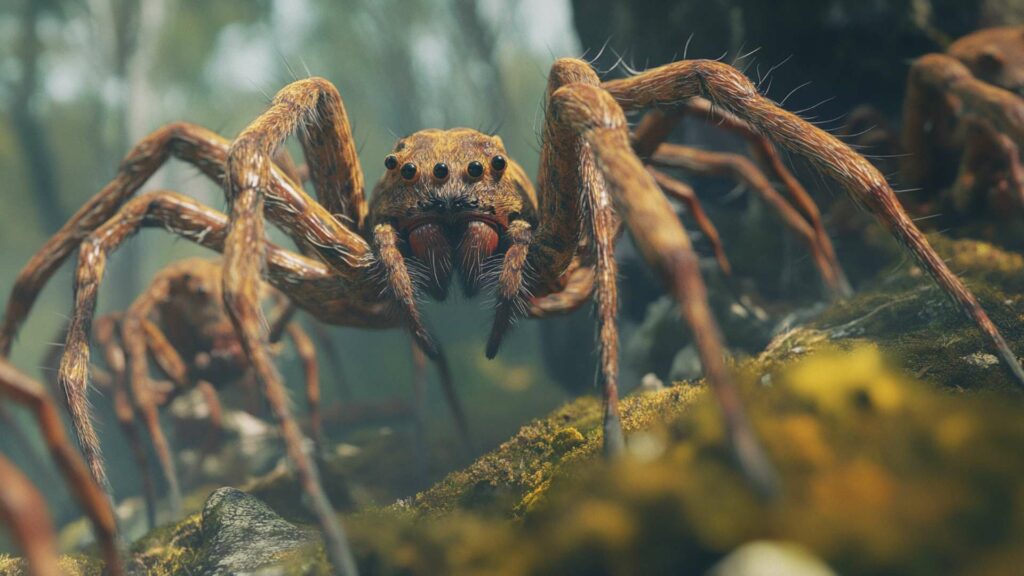
When a spider sinks its fangs into its unsuspecting prey, the real marvel of nature begins. The digestive system of a spider is an intricate mechanism designed to extract every ounce of sustenance from its catch.
Once the spider venom enters the prey’s body, it serves two purposes: immobilizing the victim and initiating digestion. Most spiders inject enzymes into their prey through their fangs, which start breaking down the internal structures of their unfortunate meal.
The liquefied insides are then sucked back into the spider’s mouth through small, straw-like structures known as pedipalps. Interestingly, not all spiders use venom as a means of digestion.
Some species employ external digestion by wrapping their prey in silk cocoons and regurgitating digestive fluids onto them. This process allows them to break down the prey’s tissues externally before sucking out the liquid nutrients—a rather macabre but fascinating technique employed by certain species like orb-weaving spiders.
Spider Silk Production for Immobilizing Prey: Nature’s Sticky Trap
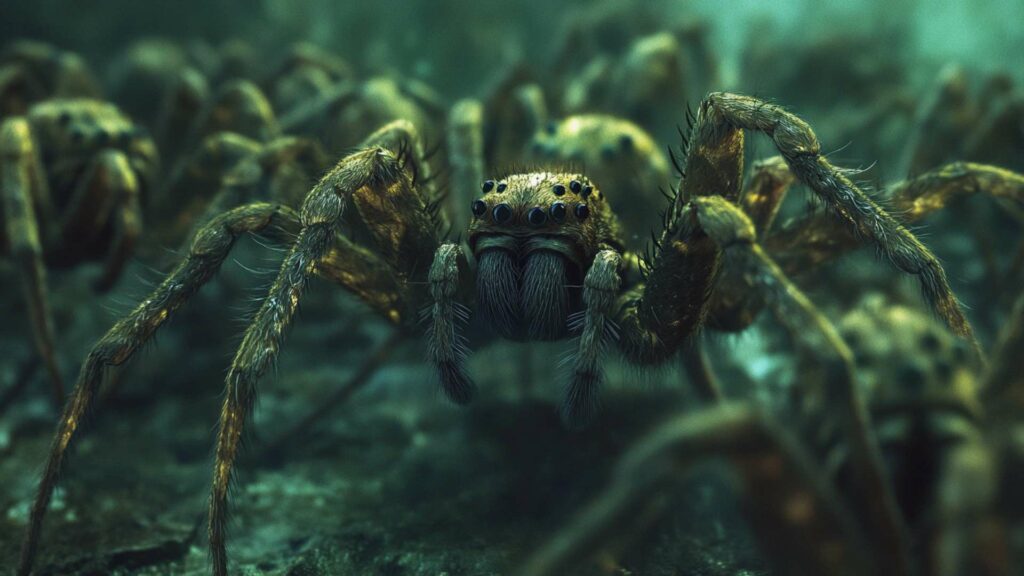
Spider silk is one of nature’s most extraordinary materials, boasting incredible strength and versatility. Spiders produce different types of silk for various purposes, including capturing prey.
When hunting or constructing elaborate webs to ensnare insects, spiders spin sticky silk threads coated with droplets of glue-like substance—aptly named “capture silk.” These adhesive properties allow even small insects to become entangled easily but also hinder any escape attempt. The process behind generating this remarkable substance lies within specialized glands located in a spider’s abdomen called spinnerets.
Through tiny openings in these spinnerets, spiders release multiple silk threads simultaneously to create intricate trap systems or cocoon their paralyzed victims. It is worth noting that not all spiders rely on silk to capture prey.
Take, for instance, the agile hunters known as wolf spiders. Instead of constructing large webs, they rely on their speed and agility to chase down their meals.
These exceptional predators pounce upon unsuspecting insects with lightning-fast reflexes and overpower them with sheer force. The feeding habits of spiders are a captivating blend of biological marvels and survival strategies.
From injecting potent venom to utilizing silk as a versatile tool for immobilization, these creatures have evolved fascinating mechanisms for obtaining nourishment. Exploring the intricacies of spider-feeding behaviors not only deepens our understanding but also reveals nature’s astonishing diversity in hunting techniques—each one finely crafted to ensure these remarkable arachnids thrive in their respective ecosystems.
Conclusion
Spiders, with their fascinating anatomy and behavior, have always piqued our curiosity about their biting capabilities. Throughout this article, we have explored the intricacies of the spider-biting anatomy, the different types of spider bites, and whether spiders can bite through clothes.
While some spider varieties like black widows and brown recluses possess venomous bites that can cause severe symptoms and allergic reactions in humans, most spiders tend to avoid biting unless provoked or threatened. When it comes to the question of whether spiders can bite through clothes, it appears that the likelihood is quite low.
Spiders typically have fangs designed for piercing exoskeletons or immobilizing prey rather than penetrating thick fabric. Factors such as fabric thickness, density, weave patterns, thread count, layering effect, and the size and species characteristics of spiders all play a role in determining their ability to bite through clothing.
Thin materials like cotton or silk may offer less resistance compared to thicker fabrics made from synthetic fibers like polyester or nylon. However, even in the rare case that a spider manages to access your skin through your clothing and bites you, it is important to remember that not all spider bites inject venom.
In fact, most common house spiders are harmless and their bites typically only result in minimal discomfort similar to a mosquito bite. To minimize any potential risks associated with spider bites through clothes, taking preventive measures is crucial when residing or spending time in high-risk areas known for venomous species like brown recluse or hobo spiders.
Wearing protective clothing that covers exposed areas can provide an added layer of defense against accidental encounters with these arachnids. While it is theoretically possible for certain spider species to bite through thin materials under specific conditions; thick fabric generally acts as a barrier against spider bites.
Therefore there’s no need for excessive worry about being bitten by spiders lurking beneath your clothes. Instead of dwelling on the remote possibility of spider bites through clothing, we can appreciate the important role spiders play in controlling insect populations and marvel at their remarkable adaptations.
Dominate Spiders with D-Termination: Las Vegas’ Top Pest Control Choice!

If you’re concerned about spiders in your Las Vegas property, D-Termination is here to provide the solution. Our expert team excels in eradicating spider infestations, restoring a sense of peace and tranquility to your space. Bid farewell to spiders—opt for D-Termination’s effective pest control today!
Reach out to us at 702-919-6310 or visit dtermination.com to schedule your spider control service and regain your space from these unwanted pests.
Frequently Asked Questions:
Brown recluse spiders can bite through clothing, but it’s not common.
Spiders may bite while you’re asleep, but it’s relatively rare.
Spiders in your room can bite if they feel threatened.
To prevent spider bites, keep a clean environment, seal entry points, and use repellents if necessary.

